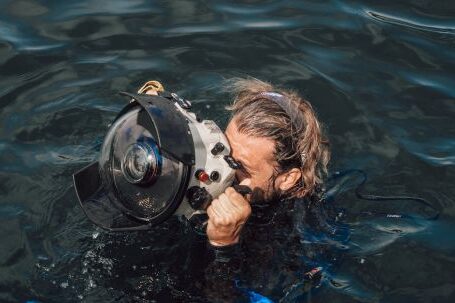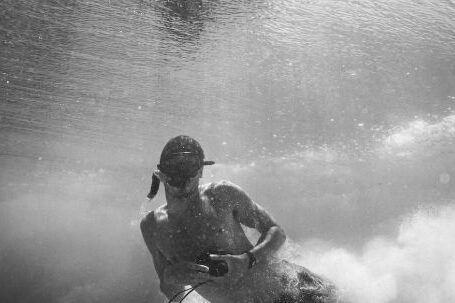Diving is an exhilarating activity that allows us to explore the underwater world and witness the beauty of marine life up close. Whether you are a beginner or an experienced diver, having the right equipment is crucial for a safe and enjoyable dive. One of the most important pieces of equipment for diving is a pair of fins. Fins not only help you move through the water more efficiently but also provide stability and control. With so many options available in the market, finding the right fins for diving can be overwhelming. In this article, we will guide you through the process of choosing the perfect fins for your diving adventures.
Consider Your Diving Style
The first step in finding the right fins is to consider your diving style. Are you primarily a recreational diver who enjoys leisurely exploring coral reefs and marine life? Or are you more of a technical diver who undertakes challenging deep dives or cave explorations? Different diving styles require different types of fins. For recreational diving, open-heel fins with adjustable straps are recommended for their versatility and comfort. On the other hand, technical divers may prefer full-foot fins that provide more power and control.
Fit and Comfort
Once you have determined the type of fins that suit your diving style, it is important to find a pair that fits you well and is comfortable to wear. Ill-fitting fins can cause discomfort and even lead to foot cramps or blisters during long dives. When trying on fins, make sure they are snug but not too tight. Your toes should not feel cramped, and there should be no excessive pressure on the top of your foot. Additionally, consider the material of the fins. Some divers prefer rubber fins for their durability and flexibility, while others opt for lighter and more responsive materials like carbon fiber.
Blade Design and Size
The design and size of the fin blades also play a significant role in your diving experience. Different blade designs offer varying levels of propulsion and maneuverability. Split fins, for example, are known for their efficiency and ease of use, making them popular among recreational divers. On the other hand, paddle fins provide more power and control, which can be advantageous for technical divers in strong currents. As for size, longer blades generally generate more thrust but require stronger leg muscles. It is important to find the right balance between power and comfort based on your physical fitness and diving needs.
Consider the Environment
Another factor to consider when choosing fins is the diving environment. Are you planning to dive in warm tropical waters or in colder conditions? If you will be diving in colder waters or wearing thick wetsuits, you may need fins with a larger foot pocket to accommodate the extra insulation. Additionally, if you anticipate diving in areas with strong currents, fins with stiff blades may be more suitable for better maneuverability. Conversely, if you will be diving in calm waters, flexible blades can provide a smoother and more comfortable experience.
Conclusion
Finding the right fins for diving is essential for a comfortable and efficient underwater experience. By considering your diving style, fit and comfort, blade design and size, and the diving environment, you can narrow down your options and make an informed decision. Remember that everyone’s preferences and needs may vary, so it is best to try on different fins and seek advice from experienced divers or professionals. With the right fins, you can dive with confidence and fully enjoy the wonders that the underwater world has to offer.





